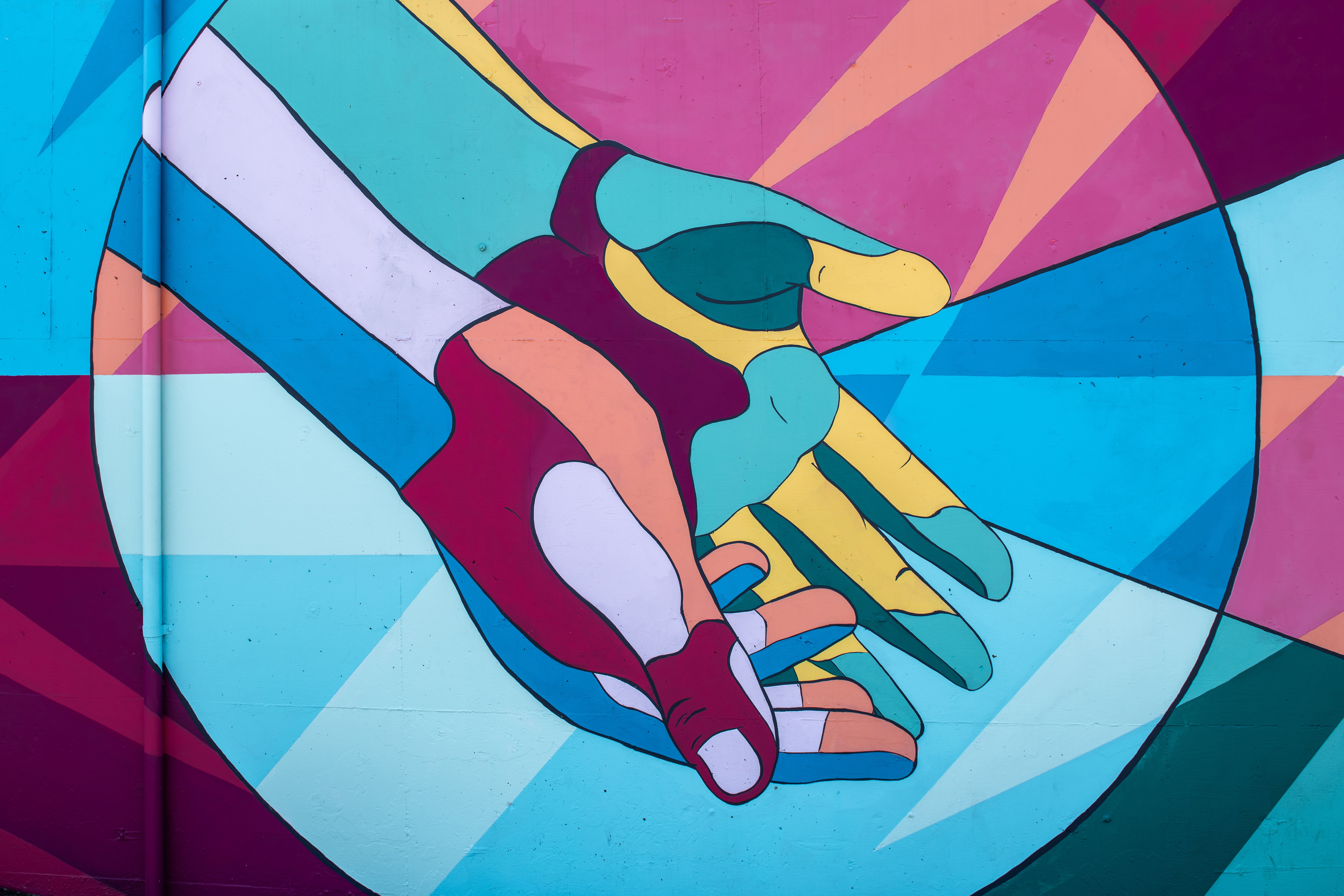Championing Accessibility – It’s everyone’s journey …
It’s time to challenge established practices for everyone's benefit. Kickstart change and prioritise accessibility with our 3-step guide!
29th Mar 2021


Passenger products are built to be as accessible as possible, reflecting one of our core values – empathy and inclusivity – connecting with people to see things through their eyes.
Public transport is a service for everyone, and one that serves to enrich the lives of all its users. By ensuring your services can be used by as many people as possible, you increase your reach and encourage uptake and advocacy.
As the Department for Transport (DfT) campaign to enable more disabled people to use public transport with confidence reminds us – it’s everyone’s journey. To ensure that’s the case, accessibility considerations must be given a high priority as supporting one customer segment over another, regardless of size, is simply discriminatory.
Accessibility, sometimes referred to as a11y, appears on a business’ radar in varying degrees. Some may not consider people with accessibility needs to be part of their audience, while others might feel overwhelmed by the needed adjustments. Wherever you start, it’s important to begin by understanding that it’s an ongoing journey, not a one-off task.
Step 1 – Get everybody on board
Making the changes needed will cost money, take time, and use up resources – so getting buy-in is essential. Statistics and data can help challenge assumptions on who is impacted by accessibility issues, and change perceptions on how frequently a business has opportunities to engage with this audience.
“71% of people with disabilities leave a website immediately if it’s not accessible”
People who are not engaging with your service because it’s inaccessible are also not likely to tell you (especially if the way to do so is also inaccessible).
“Households with a disabled person in them have an estimated annual spending power of £212 billion.”
Those who potentially can’t access your services could be 1 in 5 people in the UK and 19% of working age adults.
“For the first time in history, there will be more people over 65 than under 5”
Age isn’t a disability, but it can introduce new challenges such as sight loss and physical impairment. The eldery don’t use online services? With a generation of Baby Boomers (born 1946 – 1964) already digitally literate and becoming elderly, that’s simply not the case.
Step 2 – Find your “Accessibility Champion”
Passenger’s mission – to build technology to power sustainable transport connecting people and their communities – incorporates all people. We had been on our accessibility journey for several years, improving existing platforms and new products and were performing well against guidelines, but we wanted to do better.
In 2020, we chose an Accessibility Champion to spearhead our drive for improvement and help us embed best practices – Passenger Senior Software Engineer Chris Sherry.
“I began by reviewing our website products against accessibility guidelines, considering what our most valuable features were for any user and resolved the most obstructing issues in those areas. The initial improvements benefitted screenreader users, keyboard-only users, and vision-impaired users” explains Chris.
“To help empathise, I remind myself that I am only temporarily able-bodied, and like the majority of people, will face an accessibility challenge at some point. In the past, I’ve temporarily lost the ability to use an eye (infection) and a finger (DIY accident) which presented challenges to using our products, let alone building them”.
“Now, I champion accessibility as an advisor, collaborating with our Design team when introducing new features and by challenging assumptions about the requirements of our users”.
Step 3 – Understand that it’s everyone’s responsibility
In an office, a fire safety officer may be responsible for ensuring extinguishers are in date, but all employees need to follow best practice – keeping gangways clear and fire doors closed. In the same vein, an accessibility champion can provide knowledge, advice and consultation and is a great way to kickstart change, but championing accessibility must become standard practice for the whole team.
Following these steps has helped accessibility become ingrained in Passenger’s processes and helps us support operators applying for the Inclusive Transport Leaders Scheme accreditation, part of the Government’s Inclusive Transport Strategy, to further promote change and challenge established practices – for everyone’s benefit.
Operators who would like to find out more about Passenger products and accessibility, or how Passenger support the Inclusive Transport Leaders Scheme should contact sales@passengerteam.com
Header image – Hands by Tim Mossholder

Newsletter
We care about protecting your data. Here’s our Privacy Policy.
Related news

Start your journey with Passenger
If you want to learn more, request a demo or talk to someone who can help you take the next step forwards, just drop us a line.